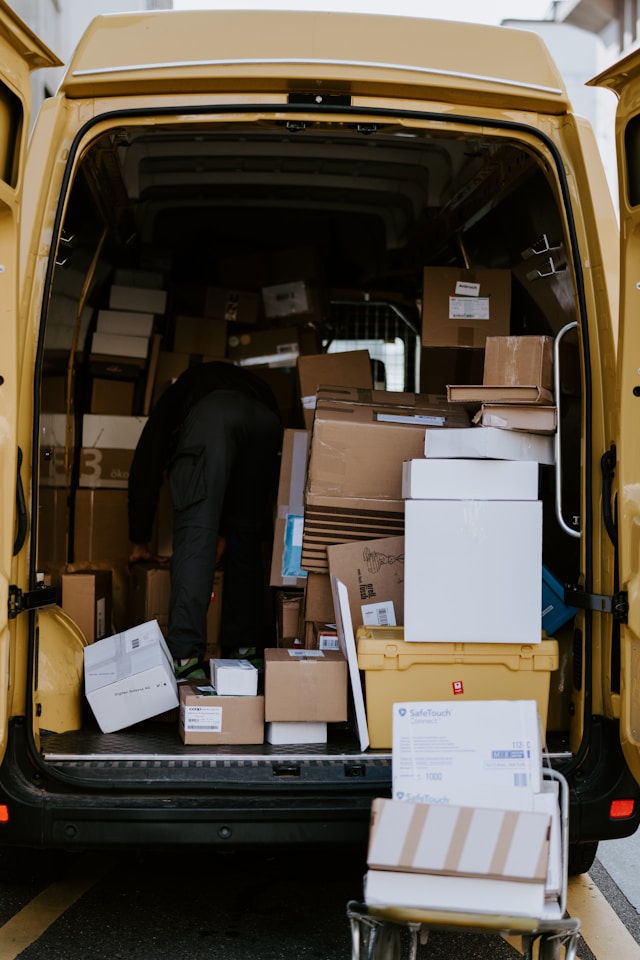It is a persistent irony that the most breakable items in our homes are often the most valuable, either financially or sentimentally. Vases (and other glassware) can be among the trickiest items to pack when moving home. How can these fragile items be packaged and cared for with the least amount of risk?
Imagine a box being dropped. Where will it land? Which parts of the box will be most vulnerable as a result? Usually, the heaviest parts of the box will hit the ground first. This will be the top, the bottom, or the corners, depending on what is packed into the box, and how it is dropped. These are the areas that will require the most padding and protection. They are also the areas you’ll want to keep your precious glass away from. Therefore, you should always pack breakables in the middle of the box, surrounded by softer materials.

The first thing you’ll need is a strong, reliable box. It’s no good using a thin or water-damaged box. You’ll want to source a box of thick, corrugated cardboard that can absorb a shock or two.
Once you’ve chosen a strong box, you should set about securing it with extra tape. We recommend replacing existing tape with parcel tape or duct tape – and don’t be afraid to use a lot of it! As the saying goes, ‘If you can’t fix it with duct tape, you’re not using enough duct tape’.
Reinforcement tape is also an excellent choice to place beneath the duct tape. Do not use masking tape or regular sticky tape, as these may not be strong enough.
Keep the heaviest items at the bottom of the box, as they can place pressure on lighter items otherwise. Additionally, boxes that are heavier on top are harder to carry, and have a greater chance of being dropped. You may wish to find soft items that can act as padding, and place them beneath and atop the various breakable items. Items such as tea towels, socks, plush toys, etc may be used in this fashion.
Next, be sure to wrap the vases (or other breakables) in a soft material, we recommend bubble wrap, though other packing materials can work as well. Place some padding inside the vase where possible.
Wrap each item individually. Do not, for example, wrap two glass items together with no padding in between them, otherwise they can rub together and crack or shatter if dropped.
Wrap each item thoroughly, so that as much of it is covered as possible. In the case of particularly breakable or valuable items, you may consider wrapping them in 2, or even 3 layers. Seal these layers with sticky tape if needed.
When placing the vases into your box, be very aware of space. Glass items, even well-packaged ones, can easily become broken if they have space to move around in the box. The goal is to pack the boxes tightly enough so that the items can’t move about, but not so tightly that they can break from pressure. Any empty space in the box should be filled with packing materials such as newspaper, small items of clothing, wads of kitchen roll, leftover bubble wrap, or similar.
Once the box has been sealed, you should not be able to feel anything moving or rattling around inside it. If you do, you will have to address this. If all seems well,
be sure to apply a ‘Fragile’ sticker to the box (or write the word ‘Fragile’ on it), and avoid placing any boxes on top of this box. Additionally, a ‘Fragile’ box should never be placed at the top of a box pile, for obvious reasons. Take time to arrange your boxes carefully in the moving vehicle (that box of cushions can go in front of the door, for example).
Try, where possible, to keep boxes containing breakables light, and well-balanced, taking care to ensure that extra padding has been placed at the top of the box, in the corners of the box, and at the bottom of the box (as these are the most likely ‘impact areas’ if the box falls down or is dropped).
